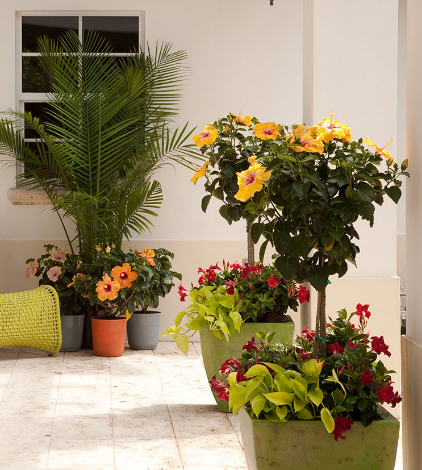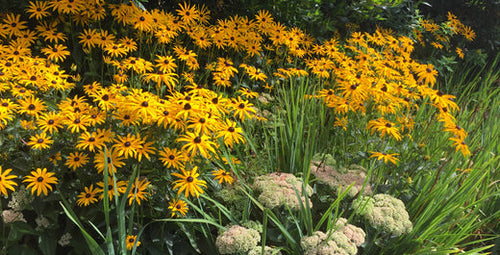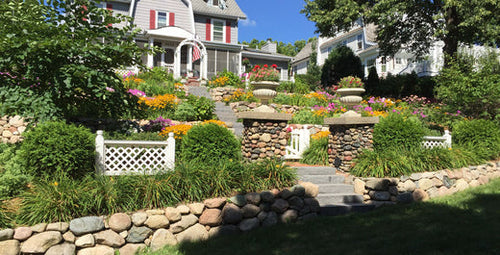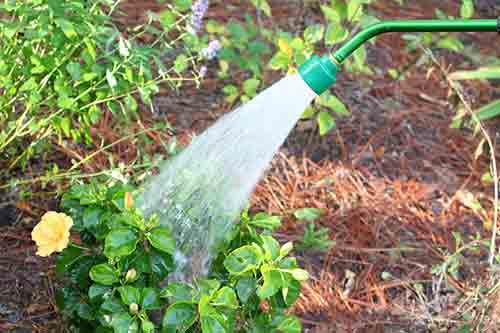
Hosta
The queen of easy perennials for shade, hostas are just about foolproof! Once established, they tolerate a wide range of conditions, from dry soil to wet; from heavy shade to partial shade. There’s a wide range of varieties available, from miniatures that stay under 6 inches to giants that grow over 6 feet wide. Many varieties have variegated foliage and some even have fragrant flowers in summer. Hosta is hardy in Zones 3-8. Sun vs. Part Shade vs. Shade
- Full sun typically refers to spots that see at least 6 to 8 hours of direct sunlight per day.
- Part shade is essentially anything less, though it’s often applied to spots that have morning sun and shade during the hottest part of the day.
- Shade usually means spots that see less than a half day of direct sunlight.

Hellebore
One of the first perennials to bloom in spring, hellebore features leathery, holly-like leaves and cup-shaped white, cream, pink, red, or purple flowers in early spring. Once established, hellebore is wonderfully drought tolerant and in most areas, its foliage is evergreen. Because the plant is poisonous, it’s avoided by deer, rabbits, and other creatures. Hellebore is also known as Helleborus and is hardy in Zones 3-8. It grows well in part shade and full shade.

Columbine
Columbine is a springtime favorite that shows off colorful flowers in a wide range of colors from blue and purple to pink, red, white, and even yellow. Even when not in bloom, its mound of fan-like foliage is attractive. It blooms best in part shade, but tolerates full shade. Columbine is also known as Aquilegia and is hardy in Zones 4-9. Most varieties are deer and rabbit tolerant.

Woodland Phlox
A North American native wildflower, woodland phlox is a spring bloomer with lovely blue, lavender, pink, or white fragrant flowers. Unlike most other kinds of phlox, this one loves shade and is perfect for growing under large trees. It tolerates drought once established, making it perfect for those spots where other flowers have a tough time growing. Woodland phlox is hardy in Zones 3-8 and attracts butterflies and hummingbirds.

Bleeding Heart
One of the most dramatic spring-blooming perennial flowers for shade, bleeding heart produces beautiful pink or white heart-shaped flowers that gracefully dangle from long stems like a living charm bracelet. In hot-summer climates, the plant can go dormant in mid- or late summer, so plant it with companions so you don’t have a bare spot in your shade garden. Bleeding heart is also known as Dicentra (and Lamprocapnos). It’s hardy in Zones 3-9 and thrives in part shade and full shade.

Astilbe
Showing off feathery spikes of red, pink, purple, peach, or white flowers over ferny-looking leaves, astilbe loves moist spots in the garden. There are different varieties available; some bloom in early summer, others in midsummer, and the rest in late summer, so with careful planning, you can enjoy their blooms all season long. Astilbe is hardy in Zones 4-8 and is deer and rabbit resistant. It thrives in full shade or part shade (as long as the soil is moist) and it makes a good cut flower.

Coral Bells
Perhaps the most versatile plant for part shade, most coral bells are grown for their fantastic foliage. You can find varieties with leaves of green, gold, orange, purple, silver, and almost black, as well as types that mix those colors. And some selections bloom with attractive red or pink flowers that bring hummingbirds to the garden. All coral bells are wonderfully deer and rabbit resistant. Coral bells are also known as Heuchera and are hardy in Zones 4-8.

Japanese Forest Grass
If you’ve longed to grow ornamental grasses in the shade, check this one out. Japanese forest grass features dark green arching leaves striped with bright gold, making it stand out in partially shaded spots. Like many other shade-loving perennials, it has a small stature, so it’s also perfect for growing in containers. Japanese forest grass is also known as Hakonechloa and is hardy in Zones 5-9.
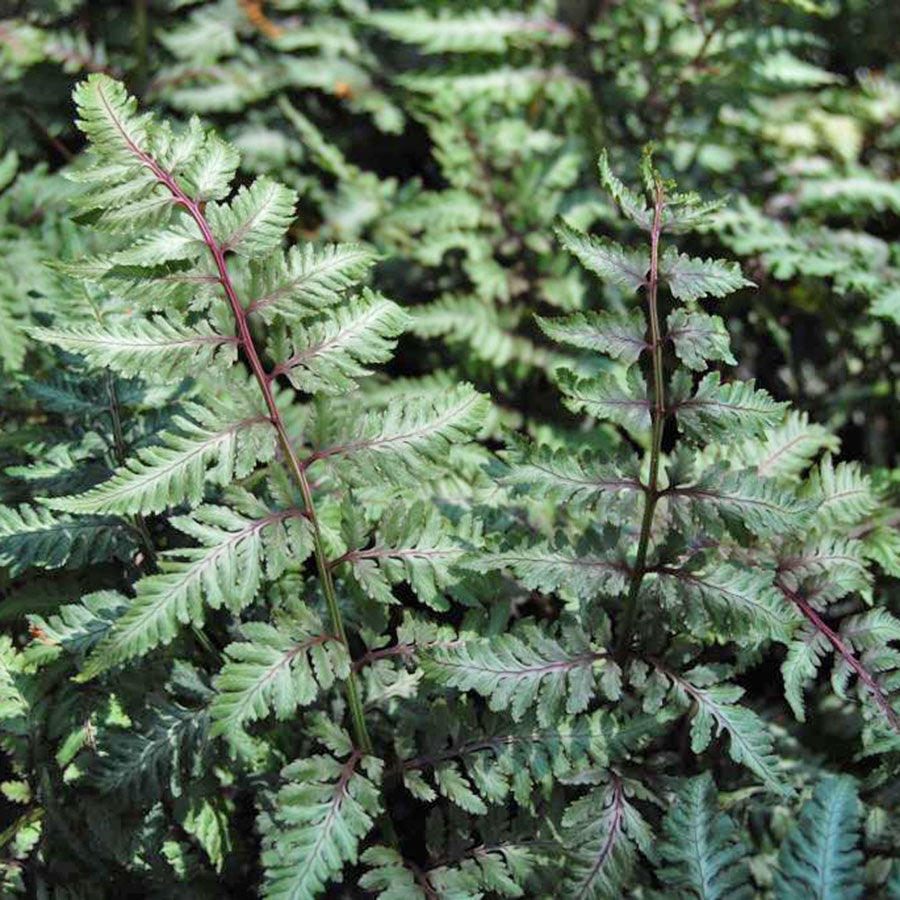
Japanese Painted Fern
Think all ferns are green? Think again! Japanese painted fern features silvery fronds decorated with burgundy-red tones. The effect is striking – and it makes Japanese painted fern a perfect plant partner for most anything you grow it with, including coral bells, hostas, and columbines. This fern is more polite than others, and spreads very slowly. Japanese painted fern is also called Athyrium and is hardy in Zones 3-8. It grows best in part to full shade.

Japanese Holly Fern
Not all ferns are delicate, lacy plants. Japanese holly fern has a decidedly coarser, bolder texture that looks good when planted with just about any other plant in the shade garden. It’s also fantastic massed by itself. Japanese holly fern features shiny, evergreen leaves that slowly spreads to create lush colonies. Japanese holly fern is also known as Cyrtomium falcatum and is hardy in Zones 6-10.

Pachysandra
An evergreen groundcover for partial or full shade, pachysandra features shiny dark green leaves that look good all year long. It’s a perfect plant for beginners or folks who are really busy: It’s deer and rabbit resistant, drought tolerant, and fast growing. Pachysandra is hardy in Zones 5-9.












